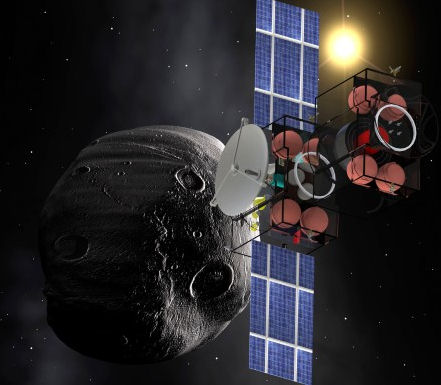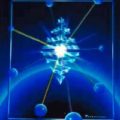Seeking to exploit the vast pattern formation properties of chaotic systems, a team of chaos computing researchers has created a silicon alternative to the conventional computer logic gate – the “chaogate.” The team behind the innovation says that it holds great significance for the semiconductor industry.
Reporting their work in the journal Chaos, the researchers explain how they used chaotic patterns to encode and manipulate inputs to produce a desired output. They selected desired patterns from the infinite variety offered by a chaotic system. A subset of these patterns was then used to map the system inputs (initial conditions) to their desired outputs. It turns out that this process provides a method to exploit the richness inherent in nonlinear dynamics to design computing devices with the capacity to reconfigure into a range of logic gates.
“Chaogates are the building block of new, chaos-based computer systems that exploit the enormous pattern formation properties of chaotic systems for computation,” says lead researcher William Ditto, a pioneer of chaos-based computing and director of the School of Biological Health Systems Engineering at Arizona State University. “Imagine a computer that can change its own internal behavior to create a billion custom chips a second based on what the user is doing that second – one that can reconfigure itself to be the fastest computer for that moment, for your purpose.”
Related:
Cheap-and-cheerful memristor tech set to spur AI research
Crocheting Chaos
International team claim organic computing breakthrough
Organics Shaping Up As Next Wave In Digital Signal Processing








Comments are closed.